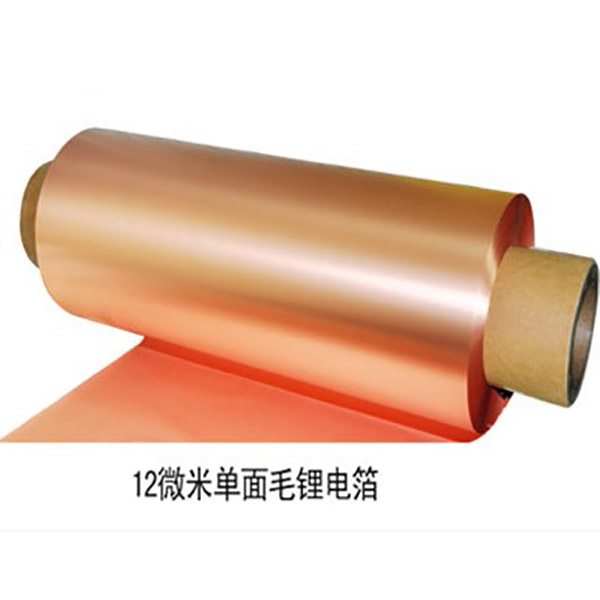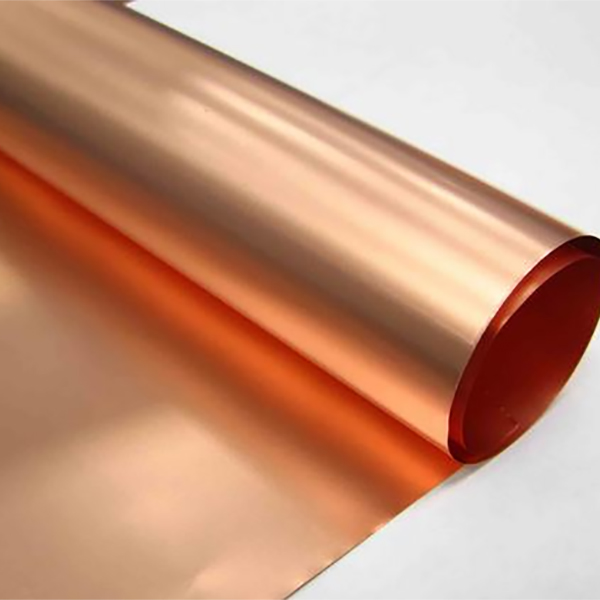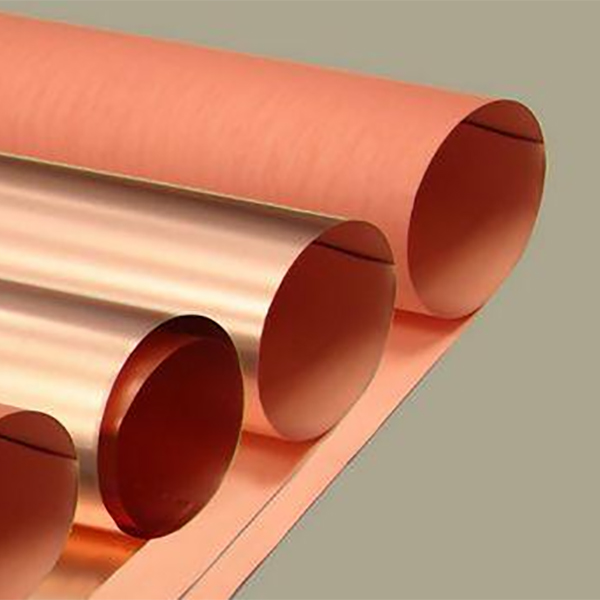Nantong preferred copper foil processing
Electrolytic copper foil is made by dissolving copper into copper sulfate solution, electrodepositing the copper sulfate electrolyte under the action of direct current in special electrolytic equipment to make the original foil, and then carrying out surface treatment, heat-resistant layer treatment, oxidation prevention treatment and other surface treatment processes on the original foil according to customer requirements.
Nantong preferred copper foil processing
Although the thickness of copper foil gradually becomes thinner, power battery manufacturers use 6 μ When the product is less than or equal to m, the coating machine, winding machine and other key equipment as well as the technological level cannot solve the problems such as wrinkles, belt breakage and high-temperature oxidation encountered in the production process, which leads to the inability to mass produce ultra-thin copper foil with high yield.
Nantong preferred copper foil processing
In order to improve the bonding strength of copper foil to the substrate, oxidation is usually used (that is, after oxidation treatment, a layer of copper oxide or cuprous oxide is formed on the surface, which improves the bonding strength of copper foil and substrate due to the polarity) Or roughen the copper foil (a roughened layer is generated on the surface of the copper foil by electrochemical method, which increases the surface area of the copper foil and improves the bonding strength between the copper foil and the substrate due to the anchoring effect of the roughened layer on the substrate).
Nantong preferred copper foil processing
Most copper foils used for domestic printed boards are 35um thick, and 50um copper foils are used as transition products. In high-precision hole metallized double-sided or multilayer board manufacturing, thinner than 35um copper foils, such as 18um, 9um and 5um copper foils, are expected. Some multilayer boards use thicker copper foil, such as 70um.







